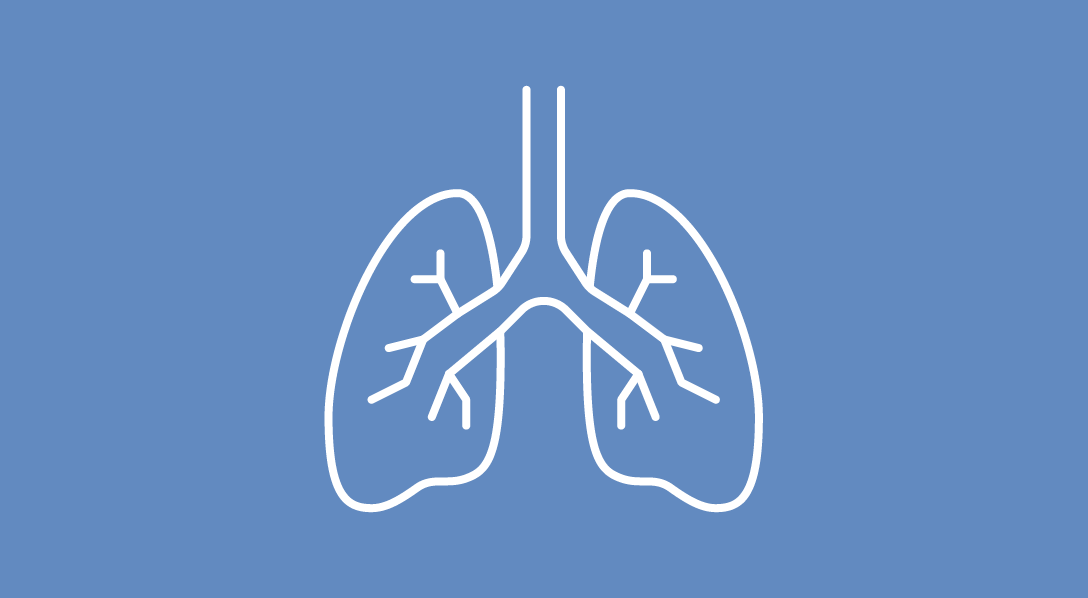Tislelizumab Plus Chemo Improves Event-Free Survival in Stage II-IIIA NSCLC
The use of perioperative tislelizumab plus neoadjuvant chemotherapy has been supported by findings from the phase 3 RATIONALE-315 study as a treatment for resectable stage II to IIIA non–small cell lung cancer.
Tislelizumab Plus Chemo Improves Event-Free Survival in Stage II-IIIA NSCLC

Perioperative tislelizumab plus neoadjuvant chemotherapy provided a clinically meaningful and statistically significant improvement in event-free survival (EFS) vs placebo in patients with stage II to IIIA non–small cell lung cancer (NSCLC), as demonstrated by results from the phase 3 RATIONALE-315 study (NCT04379635).
Findings from this study were presented at a European Society for Medical Oncology (ESMO) plenary session.
According to blinded independent central review (BICR), the median EFS was not reached (NR; 95% CI, not evaluable [NE]-NE) in the tislelizumab arm and NR (95% CI, 16.6-NE) in the placebo arm (HR, 0.56; 95% CI, 0.40-0.79; P = .0003). The EFS rate in each respective arm was 80.0% vs 68.1% at 12 months and 68.3% vs 51.8% at 24 months. Additionally, the tislelizumab-based combination produced a significant EFS improvement based on investigator assessment (HR, 0.55; 95% CI, 0.39-0.77).
The EFS benefit in the tislelizumab arm generally extended across prespecified patient subgroups. Perioperative tislelizumab plus chemotherapy improved EFS in patients with squamous (HR, 0.56; 95% CI, 0.38-0.83) and nonsquamous histology (HR, 0.64; 95% CI, 0.32-1.26). Additionally, the experimental regimen improved EFS among those with stage II (HR, 0.47; 95% CI, 0.26-0.87) and stage IIIA disease (HR, 0.62; 95% CI, 0.42-0.94).
The median overall survival (OS) was NR (95% CI, NE-NE) in the tislelizumab arm and NR (95% CI, 35.0-NE) in the placebo arm (HR, 0.62; 95% CI, 0.39-0.98; P = .0193). Additionally, the OS rates in the tislelizumab and placebo arms, respectively, were 94.5% vs 90.9% at 12 months and 88.6% vs 79.4% at 24 months.
In the RATIONALE-315 study, 453 patients were randomly assigned 1:1 to receive neoadjuvant treatment with tislelizumab intravenously at 200 mg every 3 weeks (n = 226) or matched placebo (n = 227) plus chemotherapy for 3 or 4 cycles. Following surgery, patients received adjuvant treatment with tislelizumab at 400 mg every 6 weeks or matched placebo for a maximum of 8 cycles.
Chemotherapy consisted of cisplatin/carboplatin plus paclitaxel for patients with squamous histology or cisplatin/carboplatin plus pemetrexed for those with nonsquamous histology. The data cutoff was August 21, 2023, and the median follow-up was 22.0 months (range, 0.1-38.4).
The study’s primary end points were major pathological response (MPR) per blinded independent pathology review and EFS based on BICR assessment. Secondary end points included the pathological complete response (pCR) rate, OS, and safety.
Patients with resectable stage II to IIIA NSCLC according to American Joint Committee on Cancer 8th edition criteria were able to enroll on the study. Additional eligibility criteria included having an ECOG performance status of 0 or 1 and EGFR or ALK wild-type disease. Investigators stratified patients according to histology, disease stage, and PD-L1 expression.
The median patient age was 62.0 years (IQR, 57.0-67.0) in the tislelizumab arm compared with 63.0 years (IQR, 56.0-68.0) in the placebo arm. Most patients in each respective arm were male (90.7% vs 90.3%), Asian (100.0% vs 100.0%), had squamous histology (79.2% vs 77.1%), stage IIIA disease (58.4% vs 58.6%), and a PD-L1 expression of 1% or higher (57.5% vs 58.1%).
The MPR rate was 56.2% with the tislelizumab-based combination vs 15.0% in the placebo arm (difference, 41.1%; 95% CI, 33.2%-49.1%; P <.0001). Additionally, the pCR rate was 40.7% vs 5.7% in each respective arm (difference, 35.0%; 95% CI, 27.9%-42.1%; P <.0001).
Any-grade treatment-related adverse effects (TRAEs) affected 99.1% of patients in the tislelizumab arm compared with 99.6% of those in the placebo arm. Additionally, 72.1% and 66.4% of patients in each respective arm had grade 3 or higher TRAEs, 15.5% and 8.0% had serious TRAEs, and 1.8% and 0.9% died following TRAEs.
Of note, common any-grade TRAEs in the tislelizumab and placebo arms, respectively, included neutrophil count decreases (78.3% vs 77.9%), white blood cell count decreases (63.3% vs 67.3%), and alopecia (46.9% vs 52.2%). Additionally, decreased neutrophil counts (61.1% vs 59.3%), decreased white blood cell counts (16.8% vs 14.2%), and alopecia (0.4% vs 0.4%) were the most common grade 3 or higher TRAEs in each arm.
Common any-grade immune-mediated AEs in the tislelizumab and placebo arms, respectively, included skin adverse reactions (17.3% vs 10.6%) and hypothyroidism (14.6% vs 2.7%).
Reference
Yue D, Wang W, Liu H, et al. RATIONALE-315: event-free survival (EFS) and overall survival (OS) of neoadjuvant tislelizumab (TIS) plus chemotherapy (CT) with adjuvant TIS in resectable non-small cell lung cancer (NSCLC). Ann Oncol. Published February 15, 2024. doi:10.1016/j.annonc.2024.01.005



